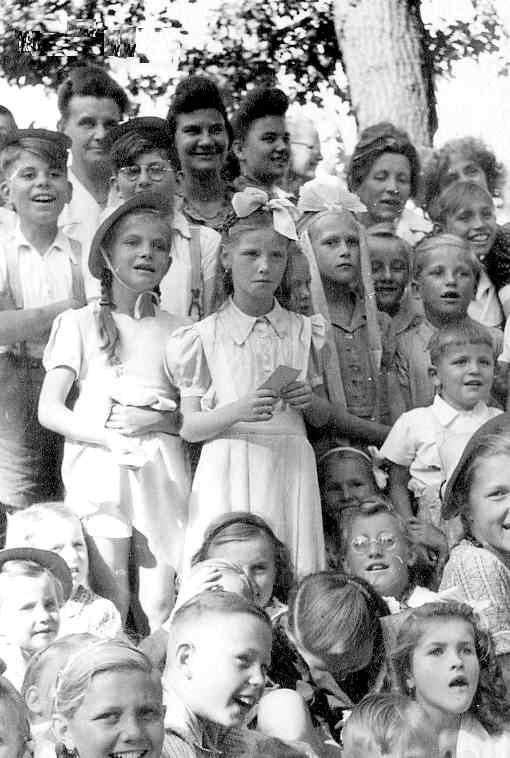
Figure 1.--Here we see German children having a good time in 1949. Notice the two boys wearing wire-frame glasses. Eye glass styles had not yet began to change. |

|
We note German boys and girls wearing round wire-frame glasses in the 19th century and the first half of the 20th century. There seems to be little change over this extended period in eye glass styling. We do not see many 19th century examples. This may be because eye glasses were less common, but some children may have removed them for the photographs. There were some minor differences in styles, basically wear the ear pieves were attached to the round lens frame piece. Other than this we notice virtually no differences. These wire-frame glasses were the same style as worn throughout Europe and North America at the time. Most boys we see wearing glasses wear this style. Girls wore the exact same style. We do not begin to see other styles of glasses and gender differences until well after World War II in the 1950s. Our information at this time is very limited. We do not know, for example, if there were differences between East and West Germany. In the 1950s we begin to see destinctive styles, both in the shape of the lens and the frame materials. We notice differences between American German styles in the post-War period, but we are not sure if these were destinctive German or more generalized European styles.
Eye glasses in Germany followed the same basic chronological pattern as glasses in other countries. We note German boys and girls wearing round wire-frame glasses in the 19th century and the first half of the 20th century. There seems to be little change over this extended period in eye glass styling. We do not see many 19th century examples. This may be because eye glasses were less common, but some children may have removed them for the photographic portraits. We do not begin to see other styles of glasses and gender differences until well after World War II in the 1950s. Our information at this time is very limited. We do not know, for example, if there were differences between East and West Germany. In the 1950s we begin to see destinctive styles, both in the shape of the lens and the frame materials. We notice differences between American German styles in the post-War period, but we are not sure if these were destinctive German or more generalized European styles.
The principal style of eye glasses worn for many yeares were round-wire frame glasses. There were some minor differences in styles, basically wear the ear pieves were attached to the round lens frame piece. Other than this we notice virtually no differences. These wire-frame glasses were the same style as worn throughout Europe and North America at the time. Most boys we see wearing glasses wore this style until after World war II. Then we begin to see a variety of different styles.
Boys and girls in the 19th century wore the same style of round wire-frame glasses. Girls wore the exact same style as boys. This continued in the early 20th century. Only after world war II when different styles of glasses appeared do we see boys and girls wearing different styles of eye glasses.
Navigate the Boys' Historical Clothing Web Site:
[Return to the Main eye glass country page]
[Return to the Main eye glass page]
[Introduction]
[Activities]
[Advertisements]
[Biographies]
[Chronology]
[Clothing styles]
[Countries]
[Topics]
[Bibliographies]
[Contributions]
[FAQs]
[Glossaries]
[Images]
[Registration]
[Tools]
[Boys' Clothing Home]
